Basic Pickleball Serving Rules
In pickleball, serving plays a pivotal role in determining the outcome of each point. One fundamental rule of serving must be made diagonally across the court. This means that when you serve from the right side of the court, your serve should go towards the left diagonal service area on the opponent’s side and vice versa.
This rule ensures fairness and strategic balance between players. Boundary lines on each side of the net restrict two diagonal service areas. These service areas ensure that services are distributed evenly rather than consistently directed towards one specific location. By requiring serves to be made diagonally across the court, pickleball serving rules promote equal opportunity for both players and prevent any undue advantage.
Serving in the correct service area is crucial in pickleball to avoid faults. It will be considered a fault if a serve lands outside or hits any part of the wrong diagonal service area.
A fault can result in a loss of serve or even a point for your opponent, depending on whether you were serving or receiving at that moment. Therefore, mastering control over your serves and directing them precisely into the designated areas can greatly enhance your chances of success during matches.
Underhand Serve: The Graceful Technique Behind It
Unlike many other racquet sports, pickleball requires players to utilize an underhand serve technique instead of an overhand one. This unique aspect adds elegance to the game, ensures fair play, and avoids excessive power-dominating gameplay. The underhand serve in pickleball has been adopted primarily to promote accessibility and inclusivity for players with various skill levels, ages, and physical abilities.
Players can use an underhand technique to generate less force while maintaining accuracy and control over their serves. This makes pickleball a game that can be enjoyed by players of different ages and physical conditions, fostering an environment where everyone can participate and excel.
Focusing on the proper technique is crucial to execute the underhand serve effectively. Start by positioning yourself behind the baseline, holding the pickleball paddle with a relaxed grip.
As you initiate the serve, swing your arm gently upward while keeping your wrist firm but flexible. Make contact with the ball at waist level or slightly below and follow through with your swing, aiming to direct the ball into the designated service area on the opponent’s side.
Clearing The Non-Volley Zone: Precision and Strategy
Within a pickleball court lies the non-volley zone (NVZ), called “the kitchen.” The NVZ is a seven-foot-deep zone extending from both sides of the net. It serves a crucial purpose in maintaining fair play and strategic gameplay dynamics.
One important rule when serving in pickleball is that your serve must clear this NVZ or kitchen area. If your serve fails to clear this zone before being returned by your opponent, it will result in a fault against you.
Faults during serving can lead to consequences such as losing your serve or even conceding points. The NVZ acts as a buffer zone near the net to prevent overly aggressive play that could limit opponents’ opportunities to react or engage in strategic shot placement.
These pickleball serving rules encourage players to exercise precision and strategy rather than relying solely on power shots close to the net. Clearing the NVZ ensures that serving and receiving players have sufficient time and space for effective shot selection within each rally.
Faults and Let Serves in Pickleball Serving Rules
In pickleball, serving faults refer to any errors or violations committed by the server during their service attempt. These faults can occur for various reasons, such as stepping on or over the baseline.
A foot fault occurs when the server’s foot touches the kitchen line (the non-volley zone), crosses it before making contact with the ball, or even hits the ball out-of-bounds before it reaches the non-volley zone. These faults are considered infractions that can affect both gameplay and scoring.
When a fault is committed during a serve, consequences come into play. The most common consequence is losing the point outright. This means that if a server commits a fault, whether stepping on or over the baseline or hitting out-of-bounds before reaching the non-volley zone, they lose their opportunity to score and instead yield possession of the serve to their opponent.
Alternatively, in some cases referred to as “side-out,” committing a fault during a serve allows the opposing team to gain possession immediately without awarding them any points for that faulted serve.
Let serves and their role in pickleball serving rules
Let serves add an interesting twist to the pickleball serving rules and provide moments of uncertainty and anticipation for players and spectators alike. A lot occurs when a served ball hits the net but still lands legally within its intended service area without touching any other part. Essentially, it’s when luck intervenes with precision.
The presence of let serves raises questions about whether they are allowed or not depending on local regulations and tournament rules. Some organizations strictly follow the rules where let serves are replayed without penalty because they are seen as unintentional obstacles caused by chance.
However, other entities follow a different approach by enforcing what is legal, counting them as valid services that remain in play. The decision to allow let serves ultimately depends on the governing body overseeing the tournament or the specific rules of play for a particular setting.
Pickleball Rules on Serving: An Intricate Balance
As serving rules are established to maintain fairness and integrity within the game, faults and let serves serve as integral components in shaping gameplay outcomes. Faults during a serve act as deterrents against any form of advantage-seeking through rule violations, ensuring that players adhere to proper techniques and court boundaries.
Meanwhile, let serves introduce an element of unpredictability, challenging players to adapt quickly when faced with unexpected net interactions. Understanding these intricacies provides players with a comprehensive grasp of how serving rules function in pickleball.
It encourages respect for technical precision and fortuitous instances while striving for excellence on the court. Balanced enforcement of fault consequences and consideration for let serves contribute to an engaging and dynamic playing experience, further enhancing the allure of this beloved racquet sport.
Advanced Serving Techniques in Pickleball
Mastering advanced serving techniques in pickleball can elevate your game to new heights, leaving opponents perplexed and struggling to return your serves easily. One such technique involves incorporating variations in spin. By altering the spin on the ball, you can create unpredictable trajectories that challenge your opponent’s ability to anticipate and respond effectively.
One popular spin variation is topspin, where you impart a forward rotation on the ball by brushing it from low to high at contact. This causes the ball to dip quickly after crossing the net, making it challenging for opponents to return with precision.
Conversely, backspin is another effective technique wherein you create a backward rotation on the ball by brushing it from high to low. This imparts a slower pace and lower bounce upon landing, forcing opponents to adjust their timing and footwork.
Precision Placement: The Art of Hitting Your Spots
In addition to spin variations, advanced players often focus on precisely placing their serves, strategically aiming for specific targets on the court. By carefully selecting where you place your serve, you can exploit your opponent’s weaknesses or disrupt their preferred strategies.
One effective placement strategy is directing serves toward the backhand side of your opponent’s court. Most players have a weaker backhand stroke than their forehand stroke; therefore, targeting this area puts them under pressure and increases the likelihood of obtaining a weak return or an outright error.
Another sophisticated tactic involves serving wide into either corner of your opponent’s court. This forces them to reach for the ball outside their comfort zone while allowing them to follow up with a powerful volley or smash when off-balance.
Conclusion
As we conclude our exploration of advanced serving techniques in pickleball, we cannot overstate the importance of honing these skills to gain an edge on the court. By incorporating variations in spin and precision placement into your serves, you can disrupt your opponent’s rhythm, gain control of the rally, and ultimately increase your chances of success.
Mastering advanced serving techniques requires practice and experimentation to find what works best. So embrace the challenge, continue learning, and let your creative spirit thrive on the pickleball court. Following the serving rules is a great start!
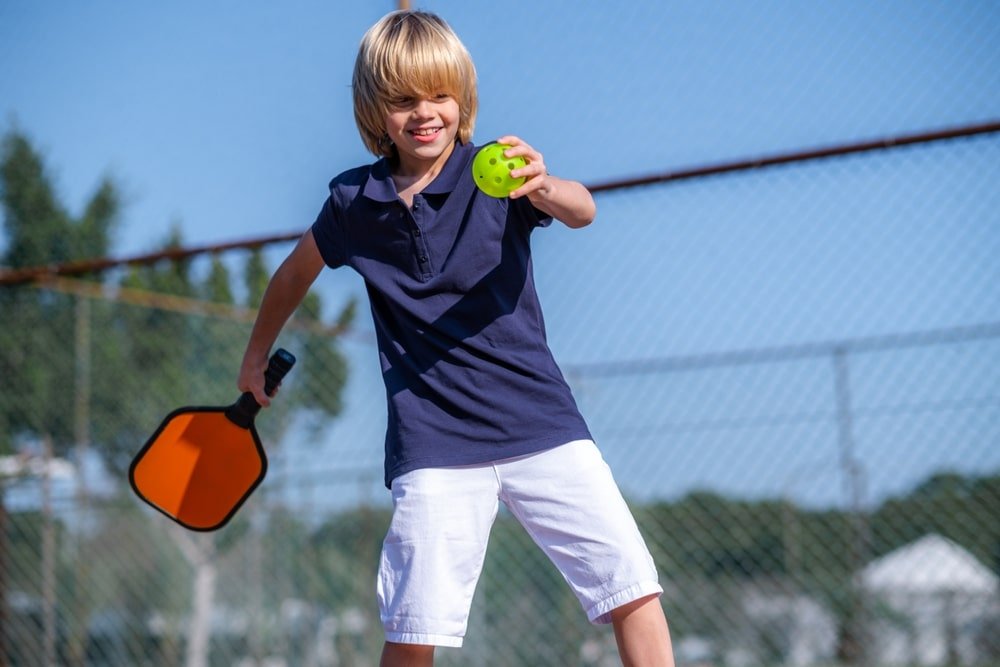
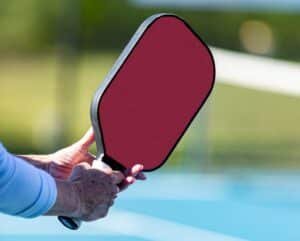

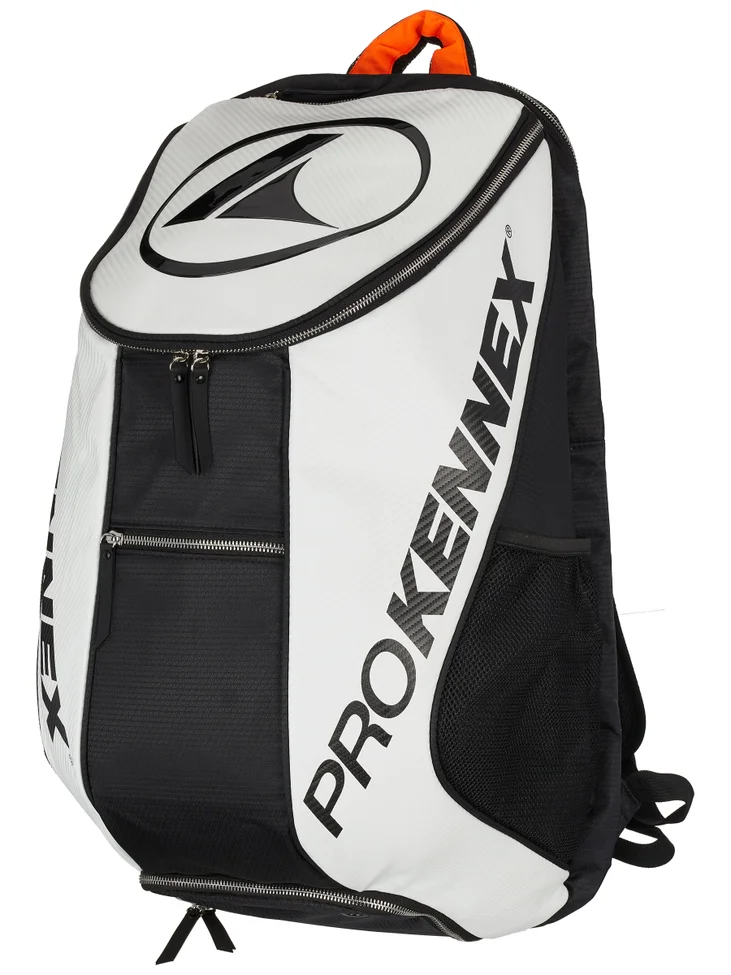
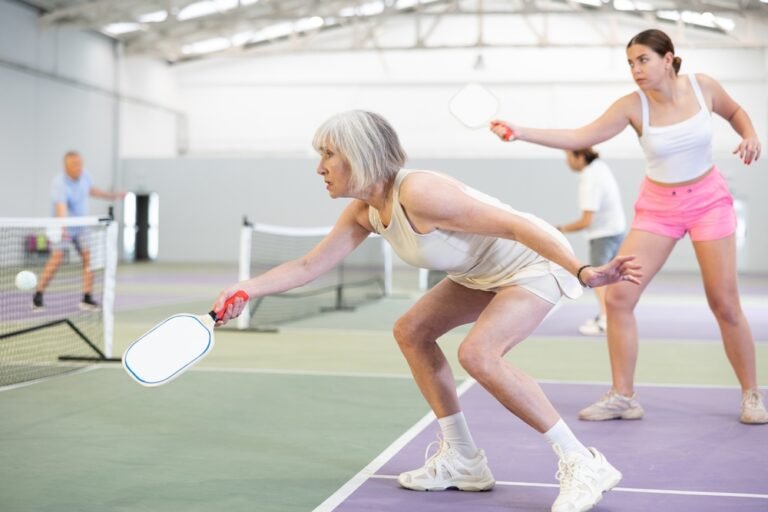
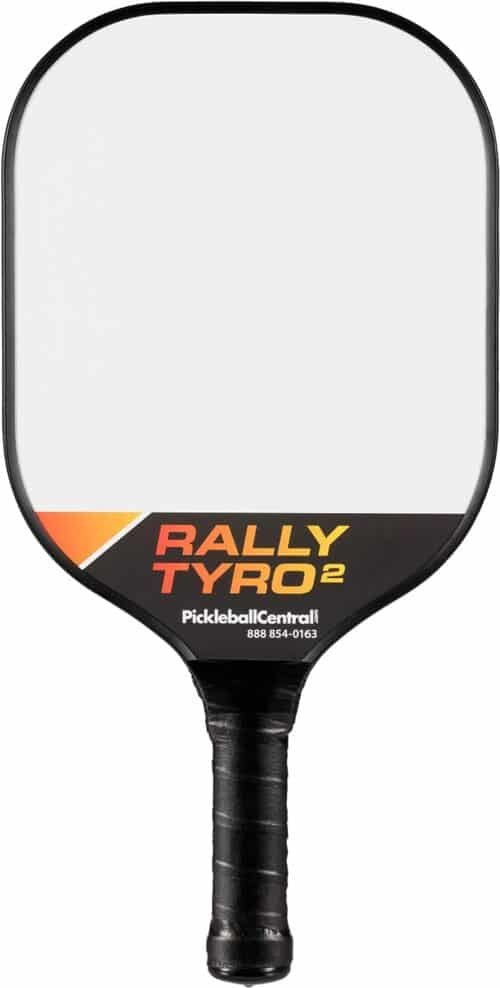
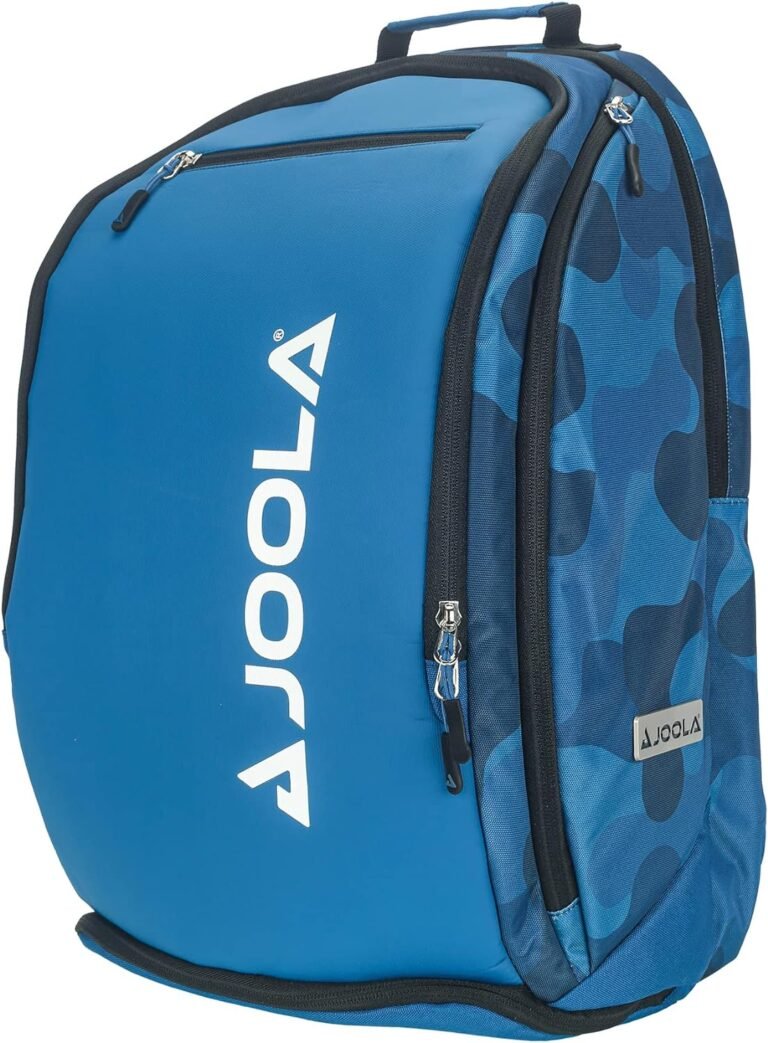
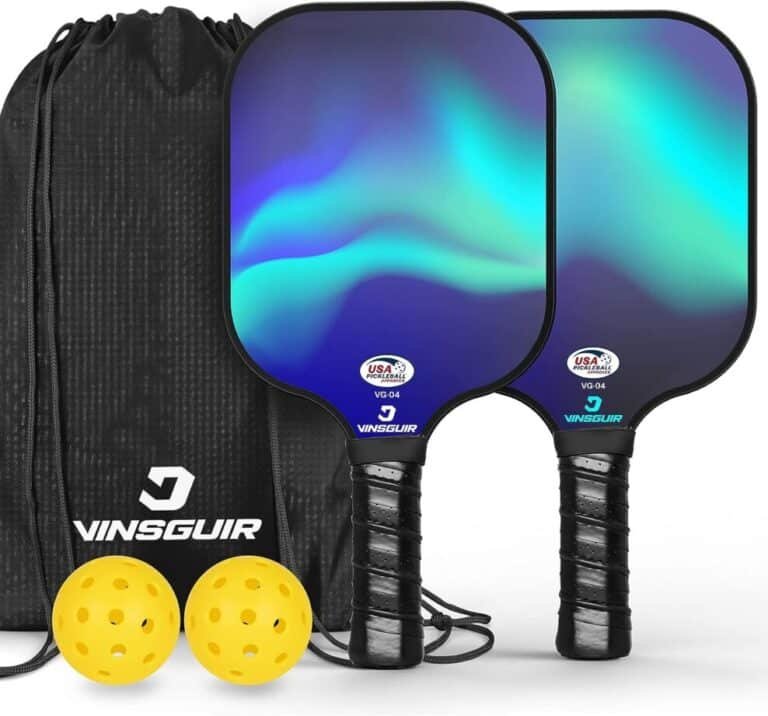
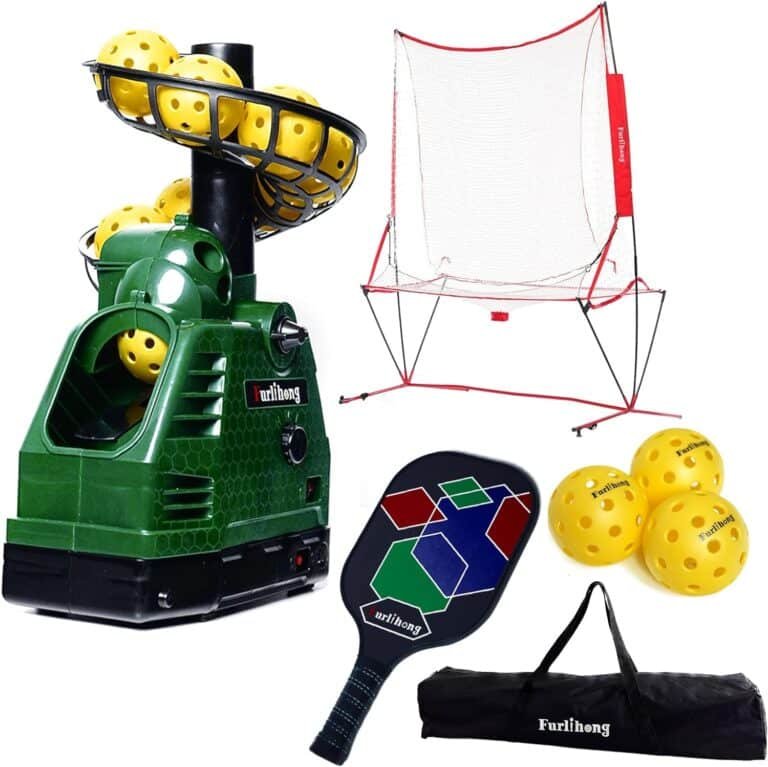
laboriosam unde et tempora perferendis et aperiam maiores quaerat culpa est consequatur et autem voluptate adipisci. in minus dolorum aspernatur labore velit dolore autem rerum omnis et quibusdam magnam totam delectus blanditiis ea quos. repellendus occaecati sint corrupti reiciendis aspernatur odit eum eum excepturi recusandae ut dicta. adipisci a sed veniam at sunt rerum ipsa molestiae autem. fugit expedita quisquam culpa autem voluptas facere animi perferendis quidem quos et consequatur.
et autem perspiciatis voluptatibus aliquam id consequuntur id in enim. ut est illum ipsam accusantium placeat possimus distinctio distinctio itaque animi labore. quia aliquid explicabo illum delectus eius ratione recusandae dolor dolore quibusdam vel qui nulla.
aut exercitationem earum dolor nihil pariatur necessitatibus. cumque repudiandae minima illo modi quia rerum molestiae qui ut numquam magnam. quas a et quisquam optio consequatur soluta aut velit delectus velit qui provident animi maiores. fugit dolores sint maiores quibusdam voluptas voluptatem.
nesciunt dolore qui impedit voluptatem dolorem repellendus et illo aut id. a inventore at nulla sit asperiores nesciunt distinctio assumenda autem facilis sit et aut sed earum. id quis et distinctio quia repellat consequuntur ex debitis dolore harum consectetur et cumque natus voluptatem. quia provident tempore possimus quia mollitia.
doloremque perspiciatis rerum nesciunt dolores eligendi autem qui sit voluptates facilis nulla et quia. illo a ratione id ut quia provident fugit ex modi laboriosam qui reprehenderit doloribus laudantium. et cupiditate velit delectus et architecto et modi voluptas.